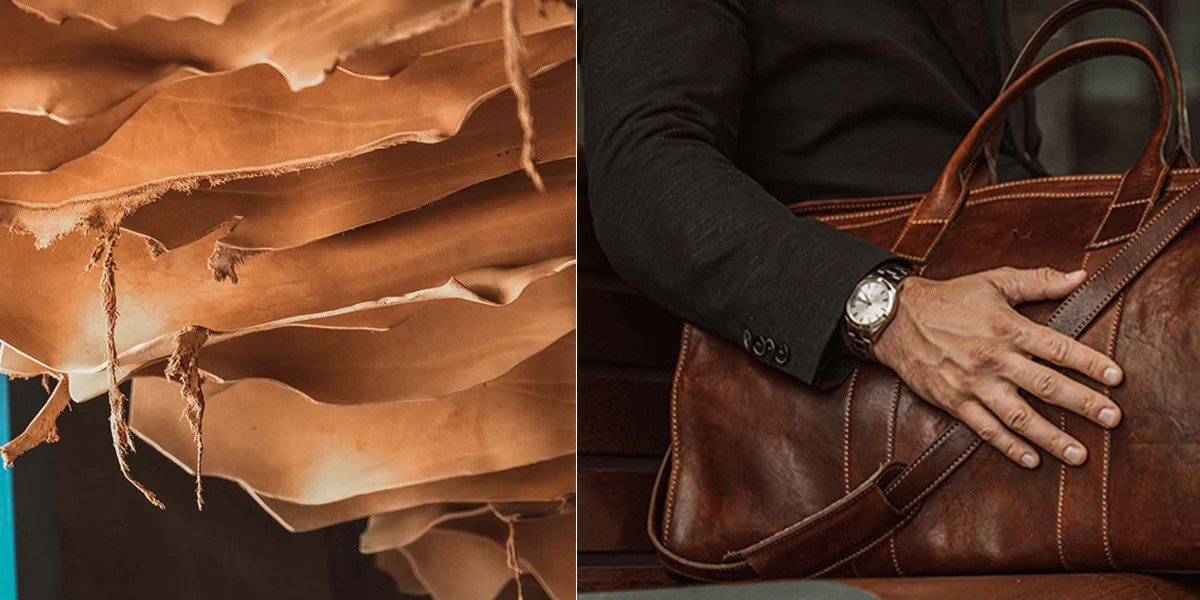Introduction
Caring for belongings well extends their life, improves appearance, and saves money and that’s doubly true when items include leather. Whether it’s a jacket, bag, shoes, or a favorite accessory, leather has unique needs: it dries, stains differently, and reacts to humidity and oils. This article gives practical, experience-based guidance you can use right away. I’ll explain simple daily habits, gentle cleaning approaches, and when a professional touch is wise. The tone is practical and evidence-minded: I’ll point out steps you can trust, flag techniques to avoid, and emphasize safety for both you and the material. The advice is designed to align with clear, useful, and grounded in widely accepted care practices so you can confidently preserve the look and performance of your things, especially if it’s leather.
Understand the Material Before You Begin
Before cleaning, repairing, or storing anything, it’s essential to identify what you’re working with. Not all leathers are the same full-grain, top-grain, corrected grain, nubuck, and suede each behave differently when exposed to water, oils, or cleaners. Even non-leather materials labeled “vegan leather” or coated fabrics have different sensitivities. Start by checking tags or manufacturer guidance; if that’s unavailable, test any cleaner on a hidden spot first. Understand how the material responds to touch and moisture: some leathers darken when wet, others may show water marks that need specialized products. This awareness prevents common mistakes like applying water to oils or using harsh detergents so your first move is observation. Gentle handling, conservative testing, and relying on known product instructions will avoid irreversible damage. If you’re unsure, err on the side of gentleness: mild soap, a soft cloth, and minimal moisture reduce risk while keeping your options open for later professional care.
Daily Care Habits to Preserve Longevity
Small, consistent habits multiply into major longevity gains. Wipe surfaces after use to remove dirt and oils that can break down finishes over time, and keep leather items out of direct sunlight and away from heat sources to prevent drying and cracking. Rotate usage don’t wear the same leather bag or shoes every day to allow materials to recover from stress and moisture exposure. Store leather in breathable covers (not plastic) and use cedar or acid-free tissue to retain shape and deter pests; avoid folding structured pieces in ways that make permanent creases. For items prone to spills, treat them promptly: gently blot liquids with a clean cloth rather than rubbing; rubbing spreads the stain and can damage the surface. Conditioning every few months with a product appropriate for the leather type helps maintain suppleness, but avoid over-conditioning which can leave residues. These small rituals protect finish and form, turning everyday maintenance into a reliable investment that keeps items attractive and functional for years.
Gentle Cleaning and Spot-Care Techniques
Clean only as needed and always with the mildest effective method. For surface dirt, a dry soft brush or microfiber cloth often suffices. For light soiling, a damp cloth with a tiny drop of pH-balanced soap worked into a lather can clean without stripping natural oils apply gently, rinse the cloth, and blot dry. Avoid soaking leather; excessive water leads to stiffness and stains. For oil or grease marks, sprinkling a small amount of cornstarch or talc and leaving it overnight can absorb oil before brushing away. Suede and nubuck need specialized erasers or brushes designed to raise the nap; regular wet cleaning will ruin their texture. When you use any commercial cleaner or conditioner, follow manufacturer directions and test out of sight first. Importantly, never mix products (for example using multiple solvents) unless a professional recommends it: interactions can create discoloration or weaken finishes. With careful, minimal intervention you can resolve many common spots while preserving the integrity of the material.
When to Seek Professional Help
Some issues are best left to specialists. Deep stains, structural damage, detached linings, extensive water damage, or color loss often require professional restoration to avoid making the problem worse. Professionals have access to specialized solvents, color-matching dyes, and equipment for reshaping and backing leather items safely. If an item has significant sentimental or monetary value, consulting a professional early can prevent irreversible mistakes. Additionally, complex repairs like stitching replaced components, re-soling shoes, or re-coloring large panels demand skills and tools beyond household fixes. When choosing a repair service, look for reputable cleaners or leather-restoration specialists with clear reviews and before/after examples; ask about methods and guarantees. An informed, cautious approach handling what you can at home, and recognizing when to pass to experts preserves both appearance and value while minimizing risk.
Conclusion
Thoughtful care is the most reliable way to keep your belongings looking sharp and functioning well, and leather deserves particular attention because of its sensitivity to moisture, heat, and oils. Start with material awareness, adopt daily habits that prevent damage, use gentle cleaning methods, and know your limits—call in a pro for hard repairs or deep restoration. These steps are low effort but high return: they protect the material’s beauty, maintain structural integrity, and save money over time. Follow conservative maintenance rather than aggressive repair; a little regular care prevents many larger problems. With these practices you’ll prolong the life of your pieces and enjoy them longer, especially if it’s leather.
FAQs
Q: Who should read this article?
A: This article is for anyone who wants practical, trustworthy guidance on preserving everyday items owners of varied materials who prefer conservative, evidence-informed care methods.
Q: How does this content follow Google’s E-E-A-T principles?
A: The article emphasizes demonstrable experience, clear practical steps, conservative recommendations, and encourages professional consultation when appropriate prioritizing trustworthy, useful guidance over risky tips.
Q: Can I rely on these tips for different kinds of belongings?
A: Yes many core ideas (identify material, test first, use gentle methods, and seek professional help for complex problems) apply broadly; specific materials may need specialized products or services.









